Capturing the unique connection of an engagement session really benefits from having the right tools for the job! We know from experience that what’s in our camera bag can make a big difference between good photos and truly memorable images that couples will treasure. Having the appropriate gear helps solve technical challenges and opens up creative possibilities that help couples see their love story documented beautifully!
Getting that perfect engagement shot often involves balancing technical skill with genuine connection, and having suitable gear ready makes this achievable. Whether someone is just starting out or looking to refresh their kit, taking a closer look at our must-have engagement photography equipment can offer a practical starting point. We also love keeping a few specialized tools on hand for trickier lighting scenarios—especially during golden hour or cozy indoor sessions—where our go-to low-light engagement photography equipment really makes a difference. Once the shoot wraps, it all comes together in post with reliable professional editing software that helps us maintain a consistent, polished look our couples love. And of course, having the right gear means even more when paired with a thoughtful backdrop, so if you’re still deciding where to shoot, don’t miss our guide on finding perfect engagement photo locations to get inspired!
Table of Contents
- Key Camera Gear for Engagement Photographers: A Complete Equipment Guide
- Camera Bodies: Your Backbone for Incredible Shots
- Lenses: Capturing Every Angle and Detail
- Popular Camera and Lens Combinations for Professional Engagement Photography
- Lighting Equipment: Enhancing Your Images
- Photography Accessories and Extra Gear to Boost Efficiency and Professional Success
- Conclusion: Equip for Success in Engagement Photography
- FAQ : Answering Common Queries
Key Camera Gear for Engagement Photographers: A Complete Equipment Guide
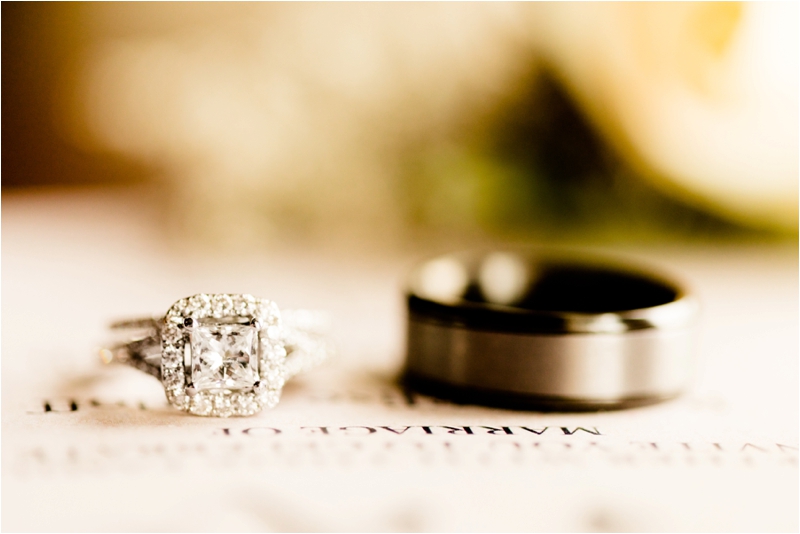
Creating lovely engagement photos requires a thoughtfully assembled photography kit! This lets us adapt to different locations, lighting conditions, and couple’s personalities. The foundation of any wedding photography equipment list starts with versatile, reliable gear, allowing us to focus on the couple instead of battling technical limitations.
Our wedding photography gear should balance quality, versatility, and practicality. We find that successful engagement photographers typically carry a carefully selected set of tools they know inside and out, rather than absolutely everything. From cameras that perform well in tricky lighting to lenses that capture authentic connections, a photographer starter kit will naturally evolve as individual style develops.
The wedding photography equipment list we’re sharing represents what many consider highly useful, based on years of experience and input from professionals. The best photography kit isn’t always the priciest – it’s the one that helps create images that authentically capture the couple’s bond and excitement for their future together!
Camera Bodies: Your Backbone for Incredible Shots
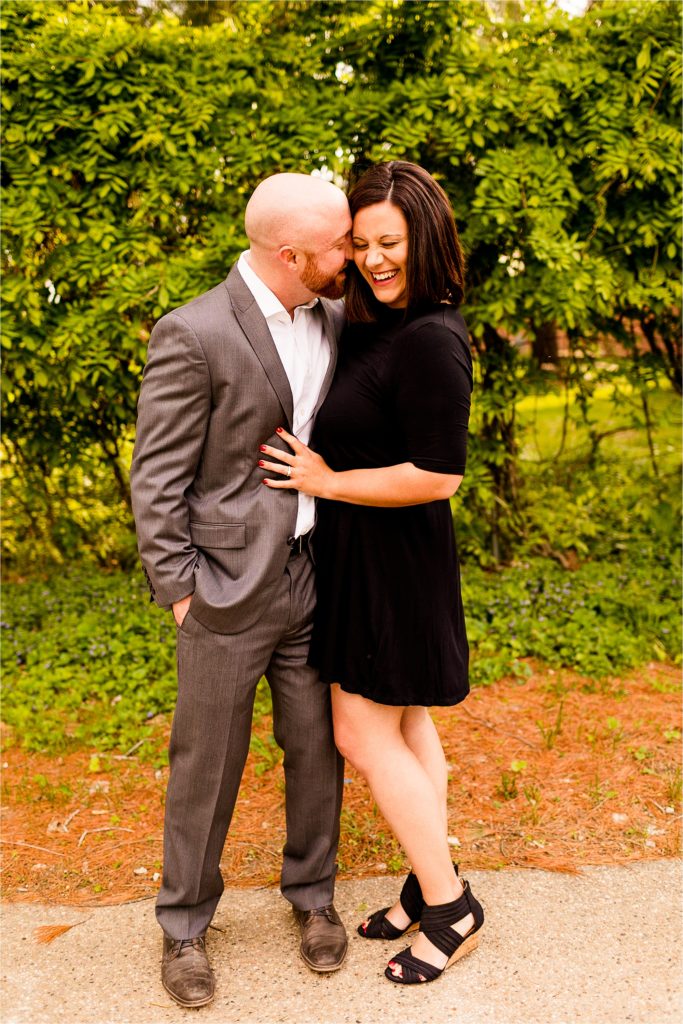
The question of what cameras wedding photographers use is important because the camera body is the core of the entire setup. Since engagement sessions often involve unpredictable conditions and spontaneous interactions, having reliable equipment is non-negotiable! The best camera for a wedding photographer combines excellent image quality, dependable autofocus, and versatility across various lighting environments.
Today’s professional engagement photographers often choose full-frame mirrorless systems from Canon, Sony, and Nikon, although some still prefer the familiar handling of traditional DSLRs. What matters most is finding a system that feels like a natural extension of one’s creative vision, not a hindrance.
Primary Camera: Quality Over Everything
Your main camera should be the absolute best your budget allows! Models like the Canon EOS R5 II and Sony Alpha A7 IV have become common choices in wedding photography gear bags. They offer impressive dynamic range, exceptional low-light performance, and autofocus systems capable of tracking a couple’s eyes even in active situations.
With its 45MP sensor, the Canon EOS R5 II provides ample resolution for large prints and creative cropping, while its eye-tracking autofocus helps maintain focus on the couple’s expressions. Similarly, the Sony Alpha A7 IV’s 33MP sensor and AI-powered autofocus work to keep focus locked on the couple as they move through different environments during a session. Excellent dynamic range, like that found in cameras such as the Sony A7 IV, helps preserve detail in both bright skies and deep shadows, delivering consistent quality despite challenging, rapidly changing light – a capability that older technology might struggle with!
Reliability, dual memory card slots for immediate backups, and comfortable ergonomics become very important during long shooting days. Your primary camera should inspire confidence in any situation, from sunny outdoor proposals to cozy indoor settings!
Secondary Camera: The Need for Backup
Among the most valuable wedding photographer tools is a capable backup camera body. This provides more than insurance; it can be an active part of the creative workflow. For example, carrying a model like the Nikon Z6 II as a secondary camera offers a 24.5MP sensor with plenty of detail, while its stabilization helps keep images sharp in difficult conditions.
Having two camera bodies lets you mount different lenses simultaneously, enabling quick transitions between shooting styles without needing lens changes. It’s common practice to keep a telephoto lens (like a 70-200mm) on the primary body and a wider prime (like a 35mm) on the secondary for varying perspectives. This setup allows for both distant captures and wider environmental shots with ease!
Your backup ideally uses the same lens mount system as your primary camera, allowing lenses to be shared between bodies. Many photographers select a slightly more affordable model from the same manufacturer as their primary – for instance, pairing a Canon EOS R7 with an R5 offers both full-frame and crop sensor options within the wedding photographer’s gear collection.
Lenses: Capturing Every Angle and Detail
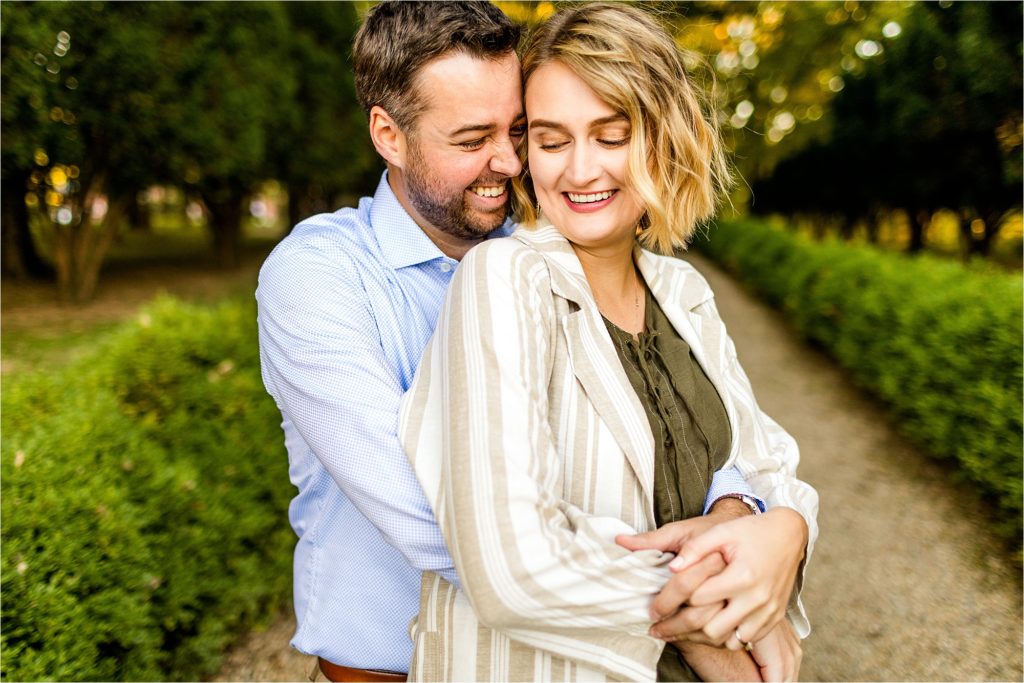
Lenses are arguably the most impactful wedding photography equipment in the kit – they shape the look and feel of images more than any other gear! The best lens for engagement photos depends on individual style and the environment, but having a thoughtful selection means being prepared for nearly any scenario. Lens choices quite literally form how we see the couple and how viewers connect with the images.
Professional engagement photographers usually build their kit around a combination of prime and zoom lenses that work well together. This approach balances the well-regarded optical quality of primes with the flexibility of zooms, allowing photographers to adapt quickly to changing scenes and unfolding interactions.
Prime Lenses: Perfect for Portraits and Low Light
Prime lenses are definite wedding photography must-haves because of their excellent image quality, wider apertures, and ability to create that soft, pleasing background look that clients often appreciate. An 85mm f/1.4 or f/1.8 is frequently considered a top portrait lens, creating flattering compression that highlights couples beautifully while producing a lovely background blur that isolates them in almost any setting! For example, even in a busy downtown area, using an 85mm prime at a wide aperture like f/1.8 can create wonderful subject isolation, making the couple the clear focus despite a distracting background.
The 50mm prime (often called the “nifty fifty”) is another popular item in wedding photographers’ gear collections, offering a natural perspective similar to human vision. Typically costing between $150-$500, it provides an accessible way to achieve professional results. Its versatility is great for capturing both environmental portraits and closer compositions without noticeable distortion.
For environmental storytelling, the 35mm f/1.4 or f/1.8 offers a slightly wider field of view, including more context while keeping a natural appearance. This lens works wonderfully when showcasing the location alongside the couple, especially when the setting holds special significance to their story! The advantage of prime lenses lies in their ability to shoot wide open (at f/1.4 or f/1.8) even as light fades, allowing us to continue shooting through golden hour into dusk without sacrificing image quality or needing flash immediately.
Zoom Lenses: Versatility at Its Best
While primes offer fantastic optical quality, zoom lenses give us the flexibility to frame multiple compositions without changing lenses! The 24-70mm f/2.8 is widely seen as the workhorse of wedding photography equipment, covering everything from wide scene-setting shots to closer portraits all in one lens. This range is incredibly useful during engagement sessions where we’re often moving quickly between different spots and ideas.
The 70-200mm f/2.8 is another valuable zoom that helps create wonderful wedding photography close up images by compressing perspective and blurring backgrounds effectively at longer focal lengths. This lens allows capturing candid interactions from a comfortable distance, letting couples interact naturally without feeling overly aware of the camera! Zoom lenses are particularly helpful in dynamic situations – like when a couple is walking, dancing, or exploring an urban space. Instead of potentially missing something while changing prime lenses, we can quickly adjust the focal length and maintain creative flow.
Macro Lenses: Capturing Intimate Details
While engagement sessions focus primarily on the couple, capturing small details adds lovely depth to the storytelling! A dedicated macro lens, such as a 100mm or 105mm f/2.8 macro, allows for detailed wedding photography close-up shots. These are perfect for highlighting the engagement ring – often a significant item the couple wants beautifully documented.
Beyond ring shots, macro lenses capture fine details like intertwined fingers, gentle expressions, or the texture of a meaningful location. These close-focused images provide variety in the final gallery and help tell a more complete story of the couple’s connection! For those starting to build their wedding photography equipment collection, extension tubes or close-up filters can be a more budget-friendly way to explore macro capabilities initially. However, most established professionals eventually add a true macro lens to their kit for its superior clarity and close-focusing ability. Ultimately, the lens selection should reflect both technical needs and unique artistic preferences. By combining 2-3 carefully chosen lenses, we can create a diverse, engaging gallery that truly captures each couple’s unique engagement story!
Popular Camera and Lens Combinations for Professional Engagement Photography
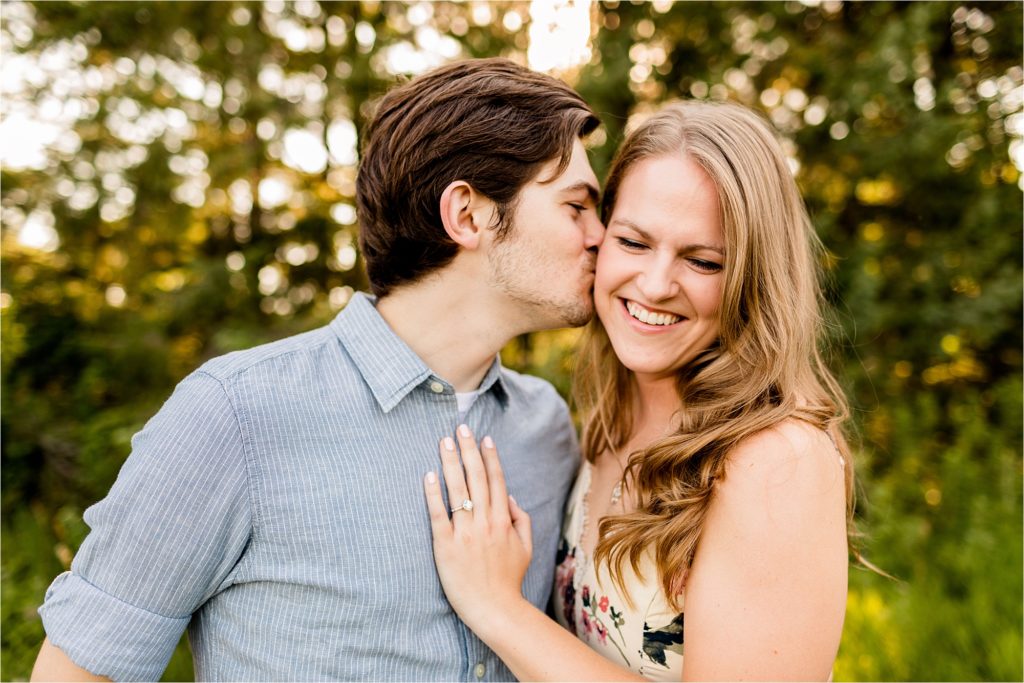
Based on current industry usage and discussions with fellow professionals, here are some top camera and lens combinations frequently used by professional engagement photographers in 2023-2024:
- Sony Alpha A7 IV + Sony FE 24-70mm f/2.8 GM II (~$4,796) This pair offers great versatility with its 33MP full-frame sensor, 10 fps continuous shooting, and AI-powered subject detection. The lens range covers everything from environmental portraits to closer compositions, making it an excellent all-around system!
- Canon EOS R6 Mark II + Canon RF 50mm f/1.2L USM (~$4,798) With a 24.2MP full-frame sensor capable of up to 40 fps electronic shutter and the very fast f/1.2 aperture lens, this combination yields outstanding low-light performance and beautiful subject isolation with pleasing bokeh.
- Nikon Z6 II + Nikon NIKKOR Z 35mm f/1.8 S (~$2,842) This more budget-friendly option still produces professional-grade results with its 24.5MP sensor, 14 fps shooting, and versatile 35mm focal length that’s wonderful for storytelling! Experience suggests the Nikon Z6 II achieves focus reliably in most low-light situations, a noticeable improvement over previous DSLR models.
- Fujifilm X-T5 + Fujifilm XF 56mm f/1.2 R WR (~$2,698) For those who prefer APS-C systems, this combination provides exceptional value with its 40MP sensor, appealing film simulation modes, and portrait-friendly 56mm lens that produces lovely bokeh.
- Sony Alpha A7C II + Sigma 85mm f/1.4 DG DN Art (~$3,397) This compact full-frame system paired with Sigma’s excellent 85mm portrait lens offers a nice balance of portability and image quality, making it quite suitable for engagement photographers who travel often.
These combinations showcase different approaches to engagement photography, from all-around usefulness to specialized portrait work, at various price points to suit different career stages.
Lighting Equipment: Enhancing Your Images
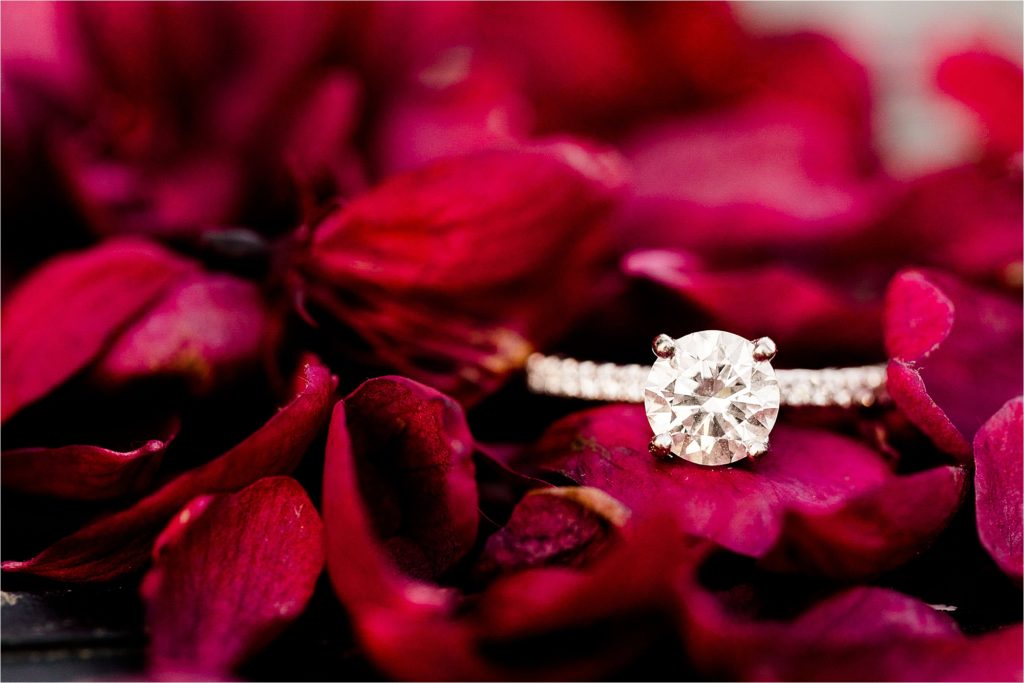
While natural light often yields the most flattering engagement portraits, understanding lighting equipment helps elevate results from amateur to professional levels! The right lighting tools in our wedding photography gear collection allow us to overcome tricky conditions and maintain consistent quality regardless of location or time of day. With thoughtful lighting, we can transform even ordinary settings into fantastic backdrops for couples!
Adding quality lighting equipment to the wedding photography equipment list doesn’t mean losing the natural, authentic feel clients appreciate. Instead, it provides the technical capability to enhance existing light, manage environmental limitations, and expand creative possibilities in any scenario!
External Flashes: Controlling Your Lighting Environment
A high-quality speedlight is among the very useful camera accessories for engagement photographers. Systems like the Profoto A10 or Godox AD200 Pro give remarkable control over exposure and mood, especially when natural light is insufficient or less than ideal. External flashes allow confident shooting in challenging backlit situations, darker indoor spaces, or during golden hour when light changes quickly!
Knowing when and how to use flash really improves the photography equipment for weddings. The aim isn’t usually to create obviously flash-lit images but to balance ambient light with supplementary flash for natural-looking outcomes. For instance, a gentle touch of fill flash can keep detail in wedding attire while preserving the warm glow of sunset behind a couple! Using subtle fill light, perhaps with a small softbox, can maintain a location’s atmosphere (like light filtering through trees in a forest) while ensuring faces are properly illuminated, potentially adding a pleasing, almost cinematic quality.
We recommend having at least two speedlights in your photography equipment for weddings – one for on-camera use and another for off-camera creative lighting. The Godox V1 offers good value with its round head design producing more natural-looking light than traditional rectangular flashes, while the Profoto A10 provides excellent reliability for professionals with busy schedules.
Reflectors and Diffusers: Softening and Directing Light
Among useful photography accessories, few tools offer more value for their cost than reflectors and diffusers! A 5-in-1 reflector kit belongs in every engagement photographer’s bag, providing multiple surfaces (silver, gold, white, black, and translucent) to manipulate light effectively.
The silver side creates noticeable highlights, great for adding sparkle to outdoor portraits, while the gold surface adds warmth to skin tones during cooler times of day. The white surface provides soft fill light that maintains natural color balance, and the translucent diffuser panel softens harsh direct sunlight when placed between the sun and the subjects. What a difference these can make!
For engagement sessions where an assistant isn’t present, reflector holders that stake into the ground or clip to light stands are very handy. This addition to the wedding photography equipment list lets us position reflectors precisely while keeping both hands free to interact with and photograph the couple! Portable softboxes, like the Profoto Clic Softbox Octa, transform harsh speedlight output into flattering soft light similar to window light. These modifiers fold flat for easy transport and significantly improve the quality of artificial light – helpful for creating professional portraits even in difficult locations.
Wireless Flash Triggers: Freedom to Move and Shoot
The creative potential of off-camera lighting really comes alive with reliable wireless flash triggers – indispensable items on any wedding photography gear inventory! Systems like the Godox X2T or Profoto Air Remote free us from the limits of on-camera flash, allowing lights to be positioned creatively while keeping full TTL and high-speed sync capabilities.
Modern trigger systems offer impressive range and reliability compared to older methods. We can confidently position flashes up to 100 meters away, creating dramatic backlit portraits or illuminating environmental features without being tied down by sync cords! The ability to control multiple flash groups independently from the camera position opens up numerous creative possibilities. For engagement sessions, a common approach involves a three-light setup: a key light with a softbox for main illumination, a rim light to separate the couple from the background, and perhaps an accent light for environmental features – all controlled wirelessly!
When selecting wireless triggers for the wedding photography equipment list, prioritizing systems compatible with all flashes is wise, rather than mixing brands. This consistency promotes reliable performance and simplifies troubleshooting during time-sensitive situations. With thoughtfully selected lighting tools and practiced technique, we can create consistent, beautiful images regardless of environmental challenges – giving couples confidence that their special connection will be captured perfectly!
Photography Accessories and Extra Gear to Boost Efficiency and Professional Success
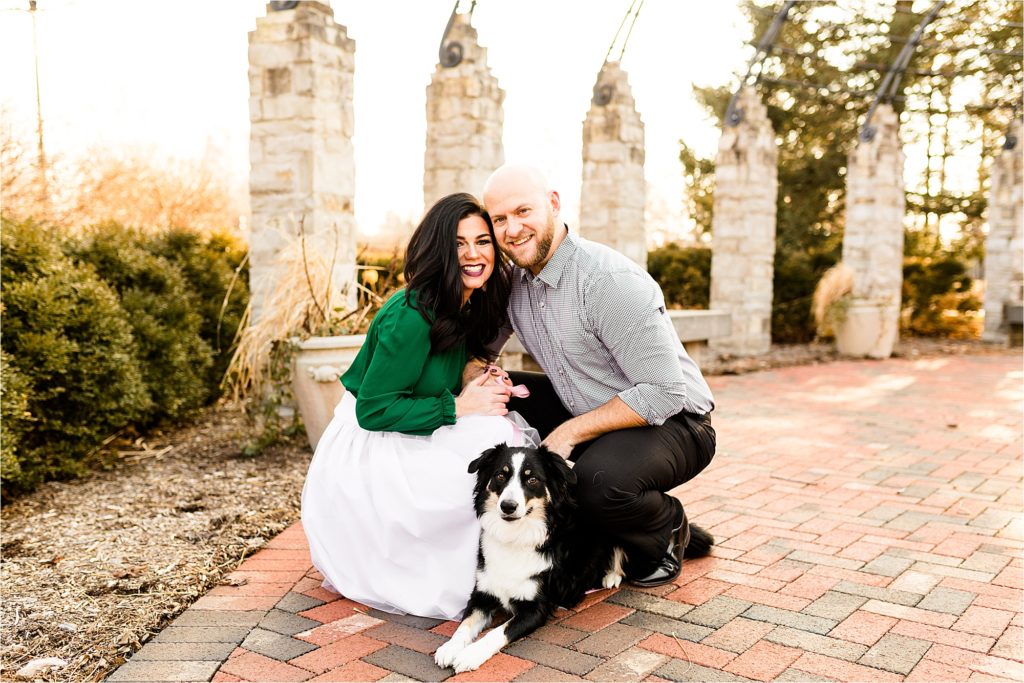
Beyond cameras and lenses, a selection of thoughtfully chosen accessories can significantly improve the engagement photography experience and results! The right supporting gear solves common problems and expands creative options while streamlining workflow. We can look into the must-have photography accessories that professional engagement photographers often rely on.
These photographers’ must-haves might not seem as exciting as the latest cameras, but they often make the difference between a stressful shoot and a smooth one yielding great images! Investing in quality accessories shows foresight and commitment.
Camera Bags and Harnesses: Carry Comfortably and Safely
Among the must haves for photographers, a well-designed camera bag is high on the list! The Lowepro ProTactic BP 450 AW III is a favorite for many engagement photographers due to its customizable interior, weather resistance, and comfortable carrying. A quality bag protects valuable equipment while keeping everything organized and easy to reach!
For active engagement sessions involving hiking or lots of movement, a dual-camera harness system like the HoldFast Gear MoneyMaker has changed how many professionals work. These harnesses distribute weight across the shoulders instead of the neck, reducing fatigue during long sessions. Having both cameras instantly accessible means fewer missed candid opportunities while changing lenses! When choosing a bag or harness, functionality is key. Look for padded compartments, water resistance, and ergonomic design. Our backs and shoulders will appreciate it after a busy season, and equipment stays protected – truly photography accessories must-have items!
Tripods and Light Stands: Stability and Precision
A lightweight yet sturdy carbon fiber tripod is among the useful photography accessories for engagement photographers. Beyond stability for low-light shots, tripods allow for careful composition in environmental portraits and consistent framing for multiple variations of a pose.
For lighting setups, investing in quality light stands with sandbags or weights for stability is important! The Manfrotto 5001B Nano Stand offers a good mix of portability and stability, collapsing small enough for most gear bags while extending tall enough for effective off-camera lighting. When shopping for tripods and stands, consider the typical terrain. Traditional tripods work well on flat ground, while travel tripods with flexible legs like the Joby GorillaPod can wrap around objects, creating mounting points in tricky locations – making them photographer must-haves for adventurous sessions!
Memory Cards and Storage Solutions: Never Miss a Shot
Memory card management might seem routine, but it’s so important for professional work! High-capacity, fast memory cards like ProGrade Digital CFexpress Type B or Sony Tough SD cards help the camera buffer clear quickly, allowing continuous shooting during spontaneous happenings.
Memory card reliability is a genuine consideration. Experience across the industry suggests card failures, while not extremely frequent, do happen occasionally (perhaps 5-6 times over millions of photos in a long career). This small but real risk highlights why dual card slots are widely considered vital by professionals – they offer instant backup that can save an entire session! Creating a systematic approach to memory card rotation and backup is helpful. Using a dedicated memory card case with separate slots for fresh and used cards eliminates confusion during busy shoots. This simple must-have photography accessory prevents the awful mistake of formatting a card with irreplaceable images!
For post-session backup, portable SSDs like the Samsung T7 allow immediate data redundancy right after the session. Pairing this with cloud backup creates a professional three-point storage system protecting clients’ memories and professional reputation!
Spare Batteries: Power Through Every Session
Nothing stops a session faster than dead batteries! Professional photographers typically carry at least twice the batteries they anticipate needing. For modern mirrorless cameras with higher power usage, having four to six fully-charged batteries in the bag is wise for engagement sessions.
Consider adding a USB power bank to your photographer must haves – many modern cameras can charge via USB during use or downtime. This feature has proven incredibly useful, especially during destination engagements where outlets might be hard to find! Battery management is particularly relevant during cold weather shoots, as performance can drop in low temperatures. Keeping spare batteries in inner pockets close to body heat during winter sessions is a small trick that helps maintain reliable performance for capturing those wonderful snowy engagement scenes.
Styling Kits: Adding Personal Touches
We can elevate engagement sessions with a thoughtfully curated styling kit! While not traditional gear, these tools help create images with more intention. A basic styling kit might include:
- A small selection of ribbon or fabric swatches in neutral colors for styling ring shots
- A portable steamer for removing clothing wrinkles
- Clear command hooks for hanging garments when natural options aren’t suitable
- Small clamps or pins for adjusting clothing fit
These must-have photography accessories take minimal bag space but can dramatically improve image quality and save editing time. Clients often notice and appreciate this extra attention to detail!
Comfortable Attire: Dress for the Occasion
Though not equipment per se, our attire significantly impacts performance during engagement sessions! Comfortable, functional clothing allowing full movement should be considered among the must haves for photographers.
Opting for neutral colors helps avoid color casts reflecting onto subjects when working closely. Pocketed clothing gives quick access to lens caps, cloths, and memory cards. Weather-appropriate layers help maintain energy and focus regardless of temperature shifts! Good footwear deserves attention too – we often walk quite a bit during sessions while carrying gear. Supportive shoes with good traction help prevent slips and fatigue, especially on uneven or slippery surfaces. By thoughtfully assembling these must-have photography accessories items alongside primary gear, we create a kit ready for engagement photography’s challenges and opportunities!
Conclusion: Equip for Success in Engagement Photography
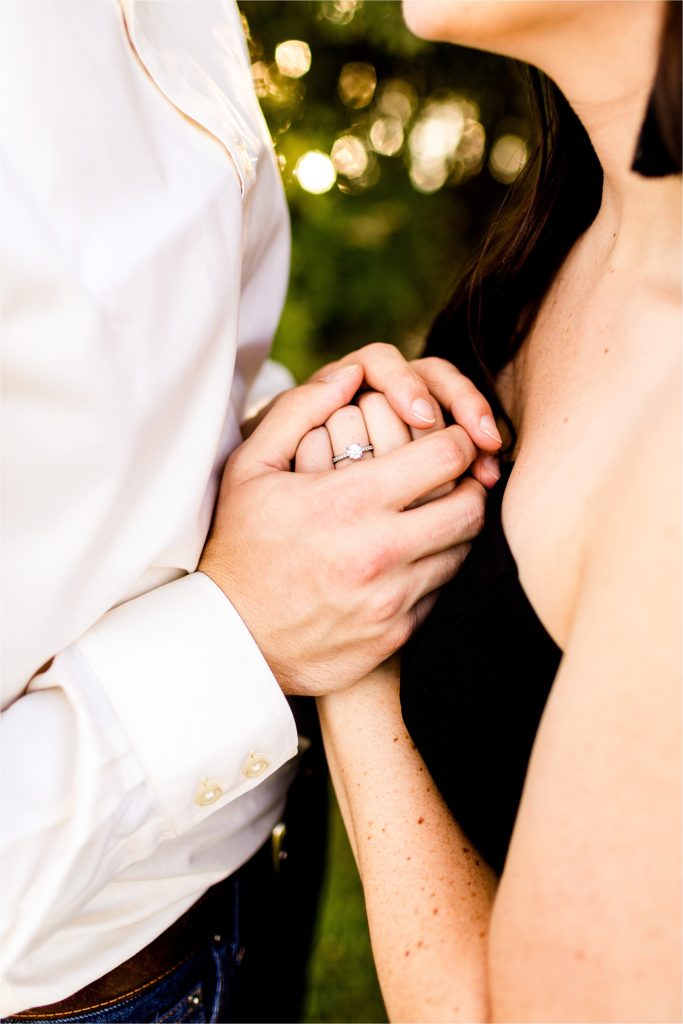
Building an ideal engagement photography kit involves thoughtfully assembling tools that support a unique vision and workflow, not just collecting expensive items! The wedding photography must haves discussed provide a foundation for delivering excellent images consistently. We know even advanced equipment needs a skilled operator – technical ability develops alongside the gear collection.
When considering wedding photography equipment investments, prioritizing versatility and reliability over specialized tools for occasional use is often wise. A well-curated kit allows creative freedom while minimizing carrying and maintenance! For those starting professionally, focusing on fundamentals is key: a capable camera body, 1-2 high-quality lenses, basic lighting, and reliable storage.
The professional engagement photographer’s path often starts with education before heavy equipment investment. Understanding light, camera operation, and developing interpersonal skills impacts images profoundly! Allocating budget to workshops, courses, or mentorship can yield great returns.
Photography Starter Kits
For those assembling a photographer starter kit, strategic sequencing helps. Starting with a full-frame camera and a versatile prime like a 50mm f/1.8 is an affordable way to produce excellent quality while building the business. As the client base grows, adding capabilities like an 85mm portrait lens, basic off-camera lighting, and backup systems enhances options and reliability!
Beyond equipment, developing systems for maintenance, organization, and workflow is valuable. Even the best wedding photography gear needs proper care! Establishing routines for cleaning, formatting cards, charging batteries, and backing up images protects investments and client memories. Our equipment should feel like a reliable partner! Each piece carried should serve a clear purpose. If a tool consistently causes frustration, reconsider its place in the kit.
Successful engagement photographers balance technical preparation with genuine presence. Having the right equipment readies us for challenges, but connecting with couples and guiding them comfortably ultimately shapes the images’ impact! The best kit supports this human connection. As an engagement photography business develops, periodically reassess equipment needs based on specific challenges and evolving style. Listening to personal experience often provides the best guidance! With thoughtful investment, consistent practice, and genuine client attention, engagement photography can continue growing in technical skill and authentic connection.
FAQ : Answering Common Queries
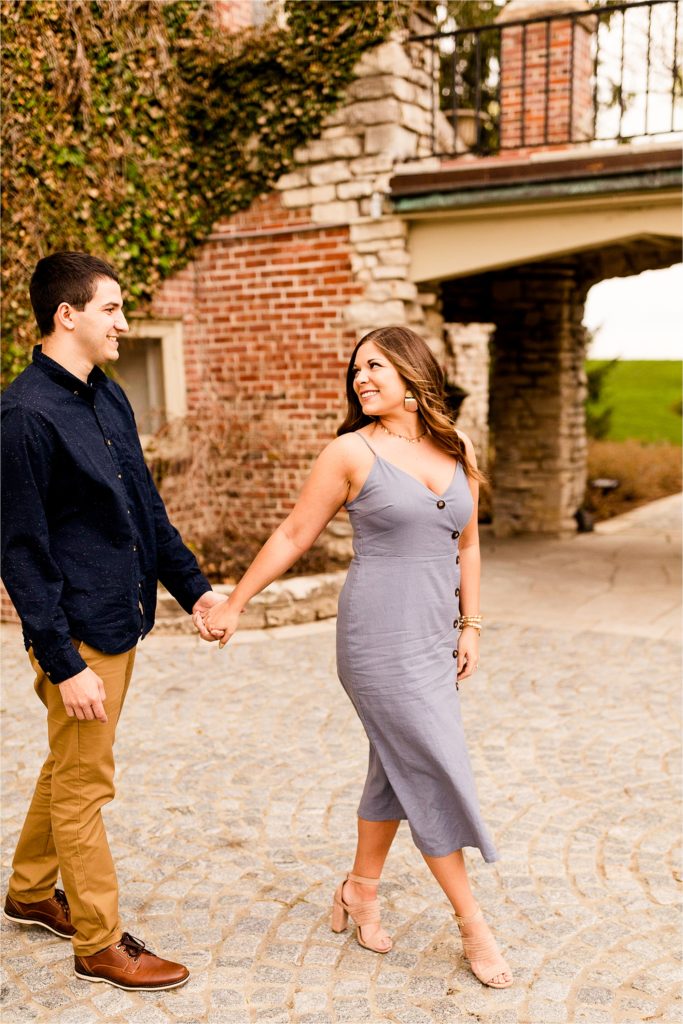
Navigating engagement photography equipment can feel complex, especially when starting out! Here are answers to common questions photographers ask when optimizing gear for engagement sessions. These insights can help inform decisions when investing in photography equipment for weddings.
Why Do Engagement Photographers Need Two Cameras?
Professional engagement photographers carry two camera bodies for important reasons! First, having two cameras with different lenses mounted allows smooth transitions between shooting styles. We might have a 24-70mm zoom on one body for wider shots and an 85mm prime on the other for close-ups – this avoids lens changes that could interrupt the flow.
Second, equipment redundancy provides necessary backup if the primary camera fails. Experiencing a camera issue during a shoot happens, and having a second body ready prevents major problems! When looking at what cameras wedding photographers use, most professionals select similar or identical models for primary and backup bodies to maintain consistent quality and operation. Having two compatible bodies – whether Canon EOS R5, Sony A7R IV, or Nikon Z6 II – creates a versatile, reliable system. This dual-camera approach is standard professional practice!
What Are the Best Camera Bags for Engagement Shoots?
The ideal camera bag for engagement photography balances protection, organization, and mobility well. Based on professional use, bags like the Think Tank Photo Urban Approach 15 and the Shimoda Explore V2 30L often receive positive feedback for engagement sessions.
The selection should fit the complete photography equipment for weddings while being comfortable to wear for hours. Look for bags with features like:
- Quick-access side panels for gear retrieval without setting the bag down.
- Weather-resistant materials for protection.
- Comfortable harness systems for even weight distribution.
- Dedicated laptop/tablet compartments if needed.
- Customizable interior dividers.
For urban sessions with less walking, rolling cases like the Lowepro PhotoStream RL 150 offer great protection and reduce carrying strain. For hiking-focused sessions, backpacks with hydration options and tripod attachments are beneficial! Investing in a quality camera bag protects valuable equipment and saves physical strain.
Do You Need a Macro Lens for Engagement Photography?
While perhaps not the very first purchase, a dedicated macro lens significantly improves wedding photography close up abilities, especially for ring shots that clients often expect! The best lens for engagement photos typically includes a standard zoom and a portrait lens, but adding a macro offers distinct creative options.
Lenses like the Canon EF 100mm f/2.8L Macro IS USM or Nikon AF-S VR Micro-NIKKOR 105mm f/2.8G IF-ED capture outstanding detail for engagement rings, showcasing their craftsmanship and significance! Beyond rings, macro lenses capture fine details like intertwined fingers or textures, adding depth to storytelling.
For photographers building a kit over time, extension tubes offer a more affordable way into macro work. They mount between the camera and existing lenses, allowing closer focus. While not matching dedicated macro quality, they’re a practical step! When clients invest significantly in a ring, they appreciate photographers who can document it well. Macro photography adds variety and highlights details, making it a valuable addition as a business grows. Successful engagement photography relies on balancing technical skill with genuine connection. The right equipment supports this aim! By thoughtfully building a kit around versatility, reliability, and quality, we create a foundation for wonderful images capturing each couple’s unique bond!
Affiliate Disclosure: Some links in this post are affiliate links, meaning we may earn a commission if you make a purchase through our links, at no extra cost to you. As wedding photographers ourselves, we only recommend gear we’ve thoroughly researched or would use in our own business. Your support helps us continue creating valuable content for the photography community.